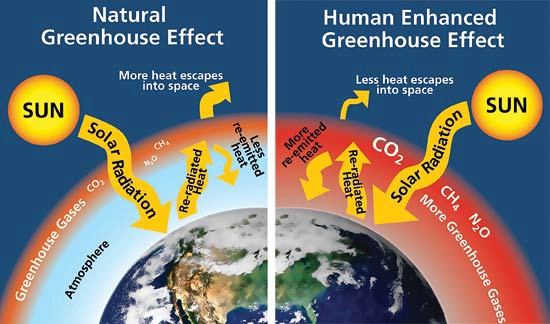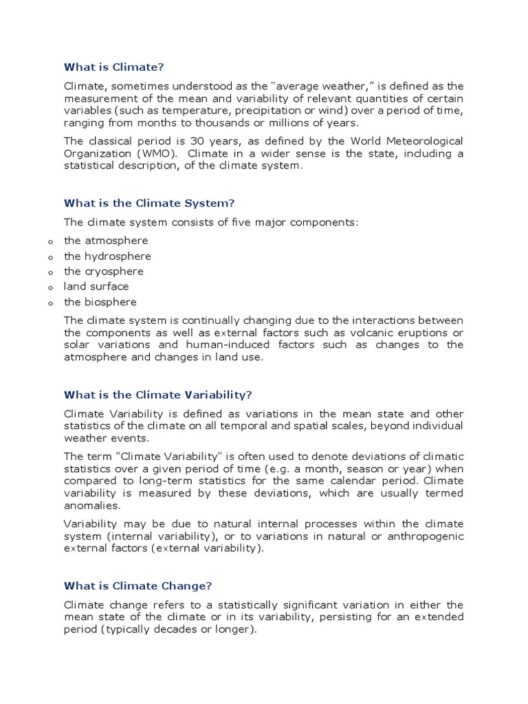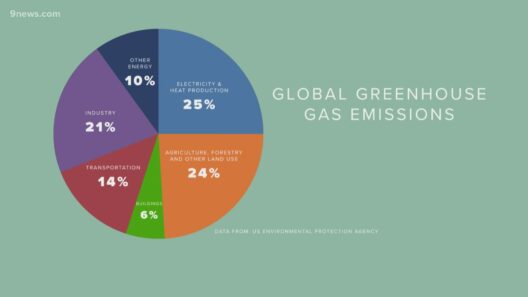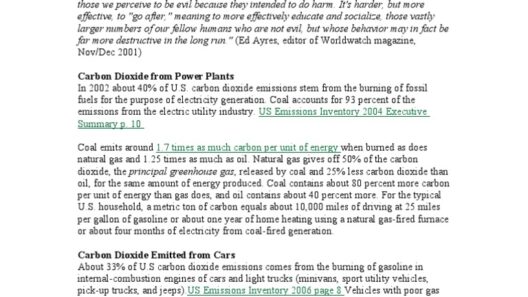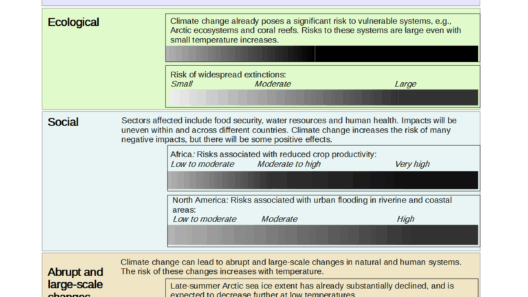Humanity has long been captivated by the forces that govern our planet’s climate. Among these, greenhouse gases (GHGs) occupy a primal position in the dialogue on global warming. Their invisible presence in the atmosphere has garnered significant attention, yet many remain unaware of the complexities involving their behavior and impact on our planet’s temperature.
Understanding greenhouse gases is not merely an academic pursuit; it is a fundamental necessity for grasping the environmental crises that loom over us. With each breath, we participate in a delicate balance between natural and anthropogenic (human-caused) influences affecting our climate. But how exactly do greenhouse gases contribute to global warming? This inquiry opens the door to a multilayered examination of chemical interactions, climatic feedback loops, and the socio-economic shallows profoundly linked to our carbon emissions.
Greenhouse gases, including carbon dioxide (CO2), methane (CH4), and nitrous oxide (N2O), create a blanket around the Earth that traps heat. The mechanism is similar to how a greenhouse allows sunlight to enter yet prevents warmth from escaping. This phenomenon, known as the greenhouse effect, serves as a natural regulator of our climate. It maintains the Earth’s average temperature at a hospitable level. However, in recent decades, human activities have intensified the concentration of these gases in the atmosphere, leading to consequential alterations in global temperatures.
The relationship between human activity and greenhouse gas emissions is not a mere correlation; it is a causative relationship that creates a cascade of environmental ramifications. The burning of fossil fuels for energy, deforestation for agriculture, and industrial processes release copious amounts of carbon dioxide. The result? An inexorable rise in atmospheric CO2 levels. These human endeavors have potentiated the greenhouse effect to the point where it poses an existential threat.
Greenhouse gases do not merely exist in isolation. They interact with each other and with other components of the atmosphere, contributing to complex feedback mechanisms. For instance, when the Arctic ice melts due to rising temperatures, it uncovers darker ocean waters that absorb more sunlight, thus further accelerating warming. The repercussions can be both immediate and enduring, setting off a chain reaction of climatic changes that affect biodiversity, sea levels, and weather patterns.
Furthermore, the role of methane is particularly alarming. Although it is present in the atmosphere in lower quantities compared to CO2, methane is approximately 25 times more potent as a greenhouse gas over a 100-year period. Its sources, including livestock digestion, rice cultivation, and landfills, indicate that both modern agricultural practices and waste management significantly contribute to GHG emissions. The realities of livestock farming and the habits associated with a meat-based diet necessitate urgent discussions about sustainable agricultural practices.
The perception of greenhouse gases as merely environmental pollutants obscures their intricate roles in the Earth’s systems. For example, nitrous oxide, a result of agricultural fertilizers, not only contributes to warming but also impacts atmospheric chemistry, affecting ozone depletion. Such cascading effects compel us to view greenhouse gases not as isolated issues but as interconnected elements in a vast ecological puzzle.
The consequences of rising global temperatures are multifaceted and far-reaching. Increased sea levels threaten coastal communities, altered weather patterns disrupt traditional farming methods, and heat waves strain public health systems. Moreover, it is often the most vulnerable populations who bear the brunt of these challenges, highlighting an intrinsic social injustice tied to environmental degradation.
As societies grapple with these daunting realities, it is vital to inject accountability into our understanding and mitigation efforts regarding greenhouse gas emissions. Policies encouraging renewable energy sources, improving energy efficiency, and promoting carbon capture technologies are essential steps towards curbing these emissions. Public awareness and grassroots movements have a powerful role to play in fostering changes that reduce carbon footprints.
The dialogue surrounding greenhouse gases cannot be limited to a scientific understanding alone. It must encompass cultural, ethical, and economic dimensions. The choices made in boardrooms and governmental offices echo in the valleys and oceans alike. Citizens are called to elevate their voices, demanding transparency and action toward sustainable practices. Whether through advocacy, education, or lifestyle changes, every individual has the capacity to contribute to a collective response.
As we look towards the future, one must ask: How will humanity respond to the clarion call posed by greenhouse gases and global warming? The answer lies within our collective ability to listen, learn, and enact meaningful change. Building a sustainable future will require widespread commitment, innovative solutions, and an unwavering acknowledgment of our role in shaping the climate. To simply dismiss greenhouse gases as abstract figures is to overlook the intricate web of life that they support and endanger.
Greenhouse gases are not just components of scientific discourse; they represent the intricate relationship between industry, nature, and humanity. Understanding their roles in global warming reveals a deep and compelling narrative that urges us to act urgently and decisively. The future of our planet hangs in the balance, compelling us to engage thoughtfully with these potent gases that continue to impact our world. The time to deliberate is over; the time to act is now.



